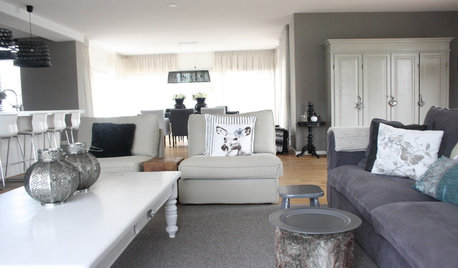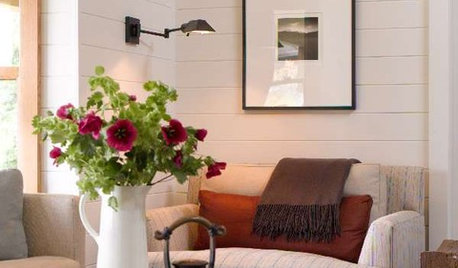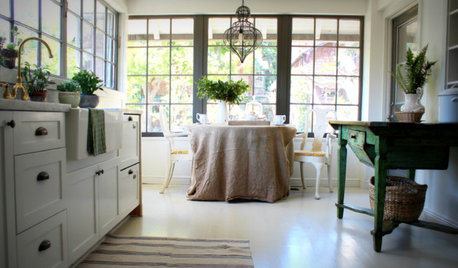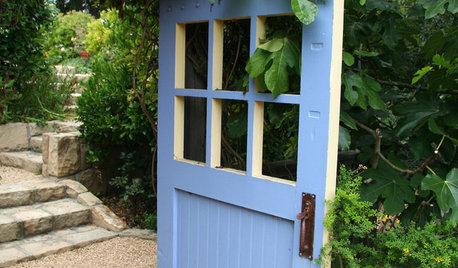Tomatoes and cattle panels
cdgtxs
15 years ago
Featured Answer
Sort by:Oldest
Comments (32)
anney
15 years agolast modified: 9 years agocdgtxs
15 years agolast modified: 9 years agoRelated Professionals
Simpsonville Landscape Architects & Landscape Designers · Cicero Landscape Contractors · Kearny Landscape Contractors · Palatine Landscape Contractors · Seminole Landscape Contractors · Clearfield Landscape Contractors · Columbus General Contractors · Melville General Contractors · Milford Mill General Contractors · Oneida General Contractors · Summit General Contractors · Valley Stream General Contractors · Walker General Contractors · Grafton Decks, Patios & Outdoor Enclosures · Hendersonville Decks, Patios & Outdoor Enclosuresanney
15 years agolast modified: 9 years agokanuk
15 years agolast modified: 9 years agoanney
15 years agolast modified: 9 years agojencounter
15 years agolast modified: 9 years agoJohn A
15 years agolast modified: 9 years agoanney
15 years agolast modified: 9 years agojencounter
15 years agolast modified: 9 years agoanney
15 years agolast modified: 9 years agoddsack
15 years agolast modified: 9 years agocdgtxs
15 years agolast modified: 9 years agoronnywil
15 years agolast modified: 9 years agocdgtxs
15 years agolast modified: 9 years agokanuk
15 years agolast modified: 9 years agoJohn A
15 years agolast modified: 9 years agoddsack
15 years agolast modified: 9 years agokanuk
15 years agolast modified: 9 years agokatyajini
15 years agolast modified: 9 years agoanney
15 years agolast modified: 9 years agokatyajini
15 years agolast modified: 9 years agovictor49
15 years agolast modified: 9 years agokatyajini
15 years agolast modified: 9 years agotworivers1
15 years agolast modified: 9 years agodigdirt2
14 years agolast modified: 9 years agoWren14
14 years agolast modified: 9 years agoanney
14 years agolast modified: 9 years agostar_stuff
14 years agolast modified: 9 years agoWren14
14 years agolast modified: 9 years agoanney
14 years agolast modified: 9 years agomrsweets_fidnet_com
13 years agolast modified: 9 years ago
Related Stories

EDIBLE GARDENSSummer Crops: How to Grow Tomatoes
Plant tomato seedlings in spring for one of the best tastes of summer, fresh from your backyard
Full Story
HOUZZ TOURSMy Houzz: Country-Chic Dutch Family Home
An organizer lightens up a dark 1970s farmhouse on a Netherlands tomato farm with open space and soothing shades of gray
Full Story
GARDENING GUIDESMid-Atlantic Gardener's August Checklist
Bring in the bounty of tomatoes, savor the show of grasses and start seeding some cool-season plants
Full Story
FARM YOUR YARD6 Things to Know Before You Start Growing Your Own Food
It takes time and practice, but growing edibles in the suburbs or city is possible with smart prep and patience
Full Story
HOUZZ TOURSMy Houzz: Oregon Landscape Inspires a Painter’s Dream Home and Studio
Acres of unspoiled land and abundant natural life surround this special live-work space in eastern Oregon
Full Story
FARM YOUR YARDHow to Build a Raised Bed for Your Veggies and Plants
Whether you’re farming your parking strip or beautifying your backyard, a planting box you make yourself can come in mighty handy
Full Story
BUDGET DECORATINGEasy Ways to Hide Your Home's Flaws
Clever concealing and distracting tactics help put your home's best face forward
Full Story
KITCHEN DESIGN12 Farmhouse Touches That Bring Homeyness to a Kitchen
Shaker cabinetry, country-store-inspired hardware, barn elements or a key piece of art will add homestead appeal to your kitchen
Full Story
LANDSCAPE DESIGNArtful Salvage: Old Doors Decorate the Garden
In a fence or leading only to imagination, salvaged doors can create lots of intrigue for little cash
Full Story
SHOP HOUZZHouzz Products: Wood, White and Metal
Crisp yet warm, these furnishings and accessories for every room bring in nature in a most chic way
Full Story







ddsack